It’s possible to modify your car’s suspension but you do need to be careful to do it properly so that you get the benefits of improved handling as well as it looking better and being more aerodynamic.
If you’ve reduced the weight of your car through other modifications you might find that it sits higher than it used to do, and that is a good reason to get your suspension lowered.
How to do suspension modification the wrong way
Spring clamps
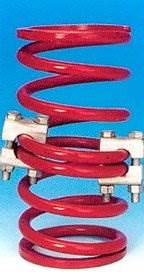
They are D-clamps that clamp around two parts of the spring to reduce the spring height. This is a bad idea for a number of reasons:
- They interfere with the spring because they’re attached to it
- They are in contact with it so they wear it down
- They could come in contact with the wheel well or other components
- You can’t fit a shock through the springs
- They could come loose over time, changing the way the spring bends
They reduce the amount of suspension travel you have, but you’re not changing the spring rate at all. The spring rate should be increased if you’re lowering your car. This means that you could hit the bump stops (when the spring is compressed all the way). This means that it’s more difficult for your wheel to stay in contact with the surface of the road when it’s bumpy, and that could cause you to lose control.
To avoid these issues and maintain optimal suspension performance when lowering your car, it’s essential to consider upgrading to coilover springs as they offer a specifically designed spring rate that complements the lowered ride height, ensuring proper suspension travel and improved contact between the wheels and the road surface, resulting in enhanced control and stability. This way, you can achieve the desired lowered look without compromising safety or ride quality.
Lowering springs
These are shorter springs that you can install in place of your existing springs. They’re not a good idea because:
- You increase the likelihood of bottoming out.
- It increases negative camber which decreases grip and increases tyre wear, so you may need to install a separate kit to correct the camber
- You can’t adjust the ride height of the car
- You’ll need higher spring rates, but that leads to less grip because it increases the bounciness of the suspension
- The spring rate won’t match the damping rate of the original shock absorbers which are designed to be effective over a bigger range of movement; you’ll need to change the shock, too.
Cutting springs
This is an even worse idea than lowering springs unless a) you’ve removed a lot of weight from your car, and b) you know exactly how to calculate the new spring rates from chopping your springs. You simply chop off part of the spring. This means you have much less suspension travel and you are way more likely to see the suspension ‘bottom out’.
On dips, the wheel essentially just hangs there with the spring loose because the spring isn’t long enough to extend the whole way.
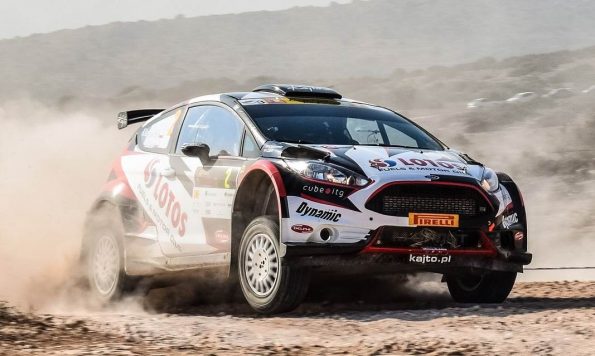
Camber kits
These are used to correct the camber on a lowered car, or simply adjust the camber on an unmodified car. As mentioned above, you’ll dramatically increase your tyre wear and reduce your grip with extreme negative camber (where the top of the tyre is closer to the centre line of the car than the bottom.
However, a very small amount of negative camber (around 1 degree) is good on the road because it helps with cornering. Race cars may go to 3 degrees or more.
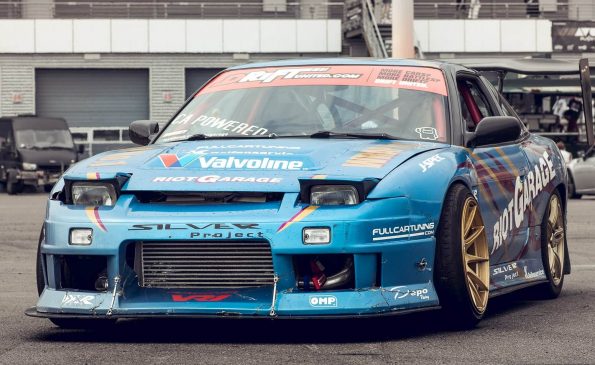
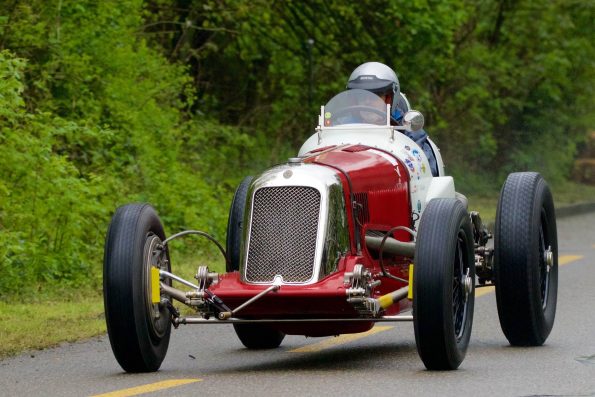
Wheel spacers
These widen the track of the car – they affect the ‘stance’. It generally improves the handling because there’s less load transfer. However, even spacing your wheels out an inch gives barely more than 1% extra handling.
The problems are that:
- it gives less stability under braking
- it increases tyre wear by increasing the scrub radius when cornering
- it gives less stability under braking
- when you hit a bump, the wheel has more leverage on the suspension meaning it’s easier to bottom out the suspension (it reduces the effective spring rate), and that can damage it and the fenders
- it puts more stress on the wheel bearings, reducing their life
- it can cause problems with the amount of thread that the nuts are holding onto.
To widen your wheels, the best option is to buy wheels with the correct offset.
Sway bars/anti-roll bars
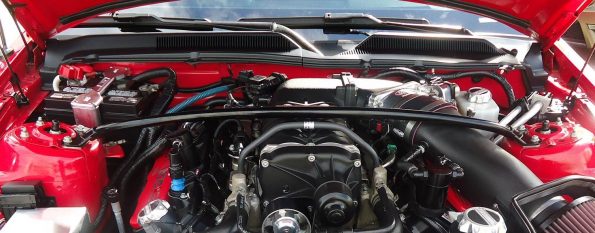
These are good for fine-tuning a car that already has amazing handling, but not as a solution for using without other high-performance components. The problems are:
- It increases the likelihood that your car will understeer or oversteer.
- It reduces the independence of the suspension because one wheel now affects the other – it means if one wheel bounces, the grip of the other wheel is reduced, too.
A better option is to get your suspension tuned by an expert.
How to do suspension modifications properly
You could go for a matching spring/shock combination, but coilovers are the optimal solution. They are height adjustable so you can fine tune each corner of your ride to get it level. You can adjust the rebound and damping to get the perfect feel for the type of driving that you want to do.
Once you have the perfect coilover setup, then you should look at the camber and anti-roll bars.
